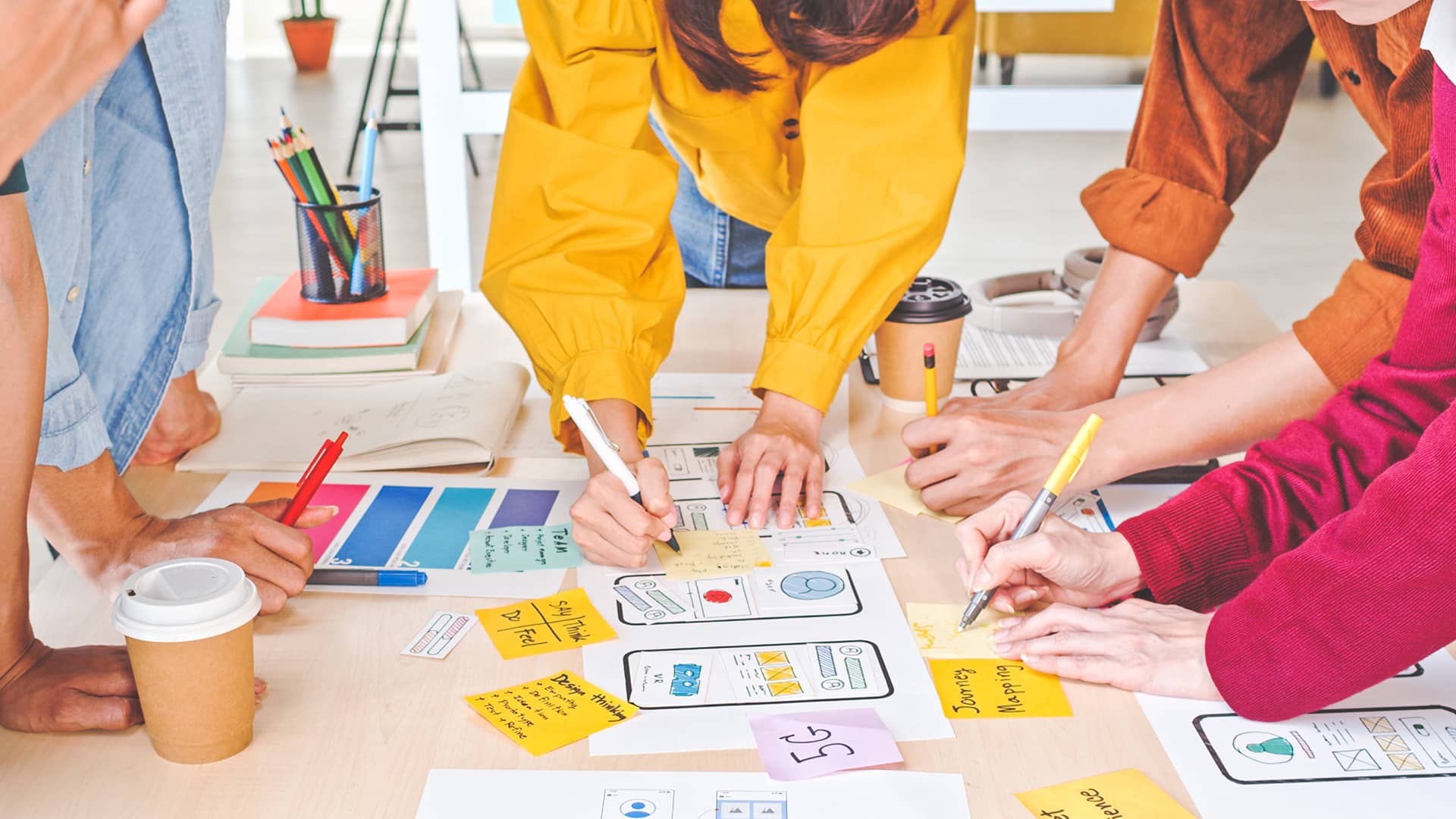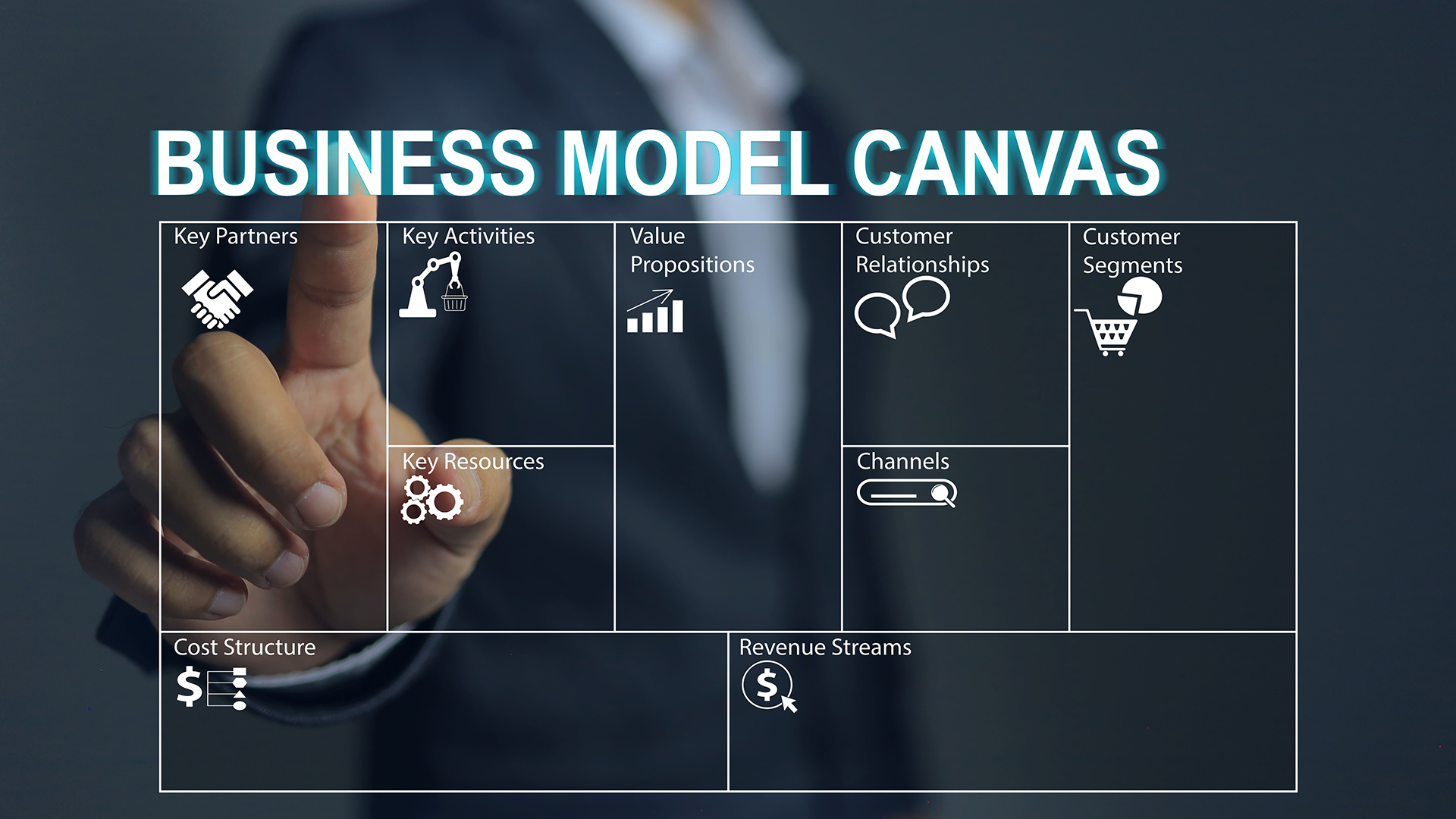Introduction
“The Customer is always right” is an age-old saying attributed to Marshall Field in the 19th century. This principle remains ingrained in most organizations’ minds when crafting products or services. In the realm of Experience Design (XD), it holds particular importance, guiding the creation of meaningful interactions in digital environments. XD prioritizes users, making them central to product, service, and system development. Essentially, XD embodies a customer-centric approach aimed at surpassing user needs. This blog explores key aspects of Experience Design and its relationship with Enterprise Architecture (EA).
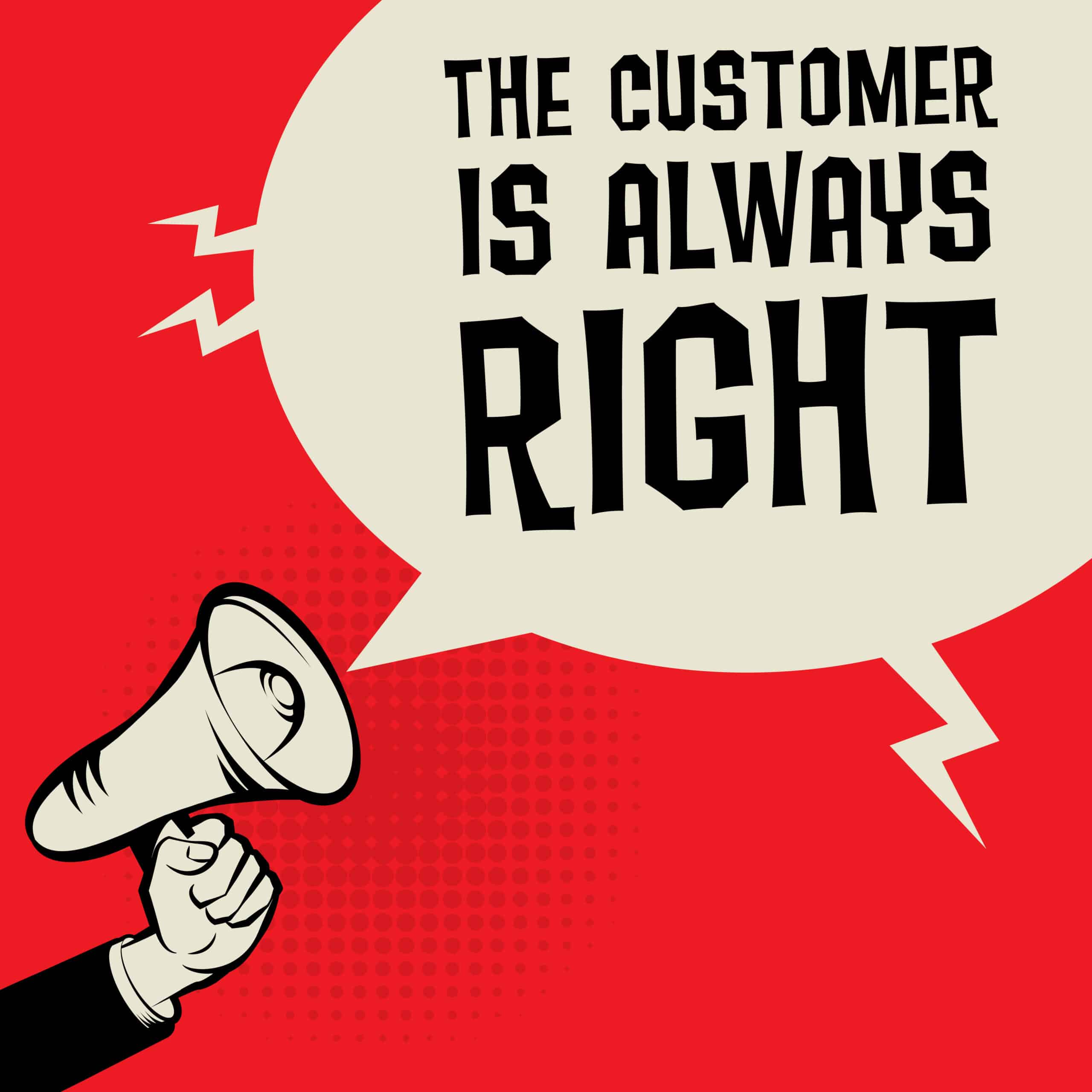
Customer Experience Design Essentials
You can think of Experience Design as the entire journey with a product or service. It covers every interaction a user has, from first learning about it to ongoing use and more. Imagine going to a restaurant: you see a beautifully set table, but there’s a lot of happening behind the scenes. It’s not just about the meal on the table (destination); it’s about the whole journey, from picking ingredients to serving at the right time. Similarly, with websites, apps, or services, experience design includes things like interface design and user research to make sure it’s not just functional but enjoyable. It’s like magic behind the scenes to make things easy and natural for users. The goal of Experience Design is to create a positive impression, building loyalty and engagement.
Hint: Learn more about Customer Journey Mapping, a popular XD method to understand the customer experience from beginning to the end of their journey.
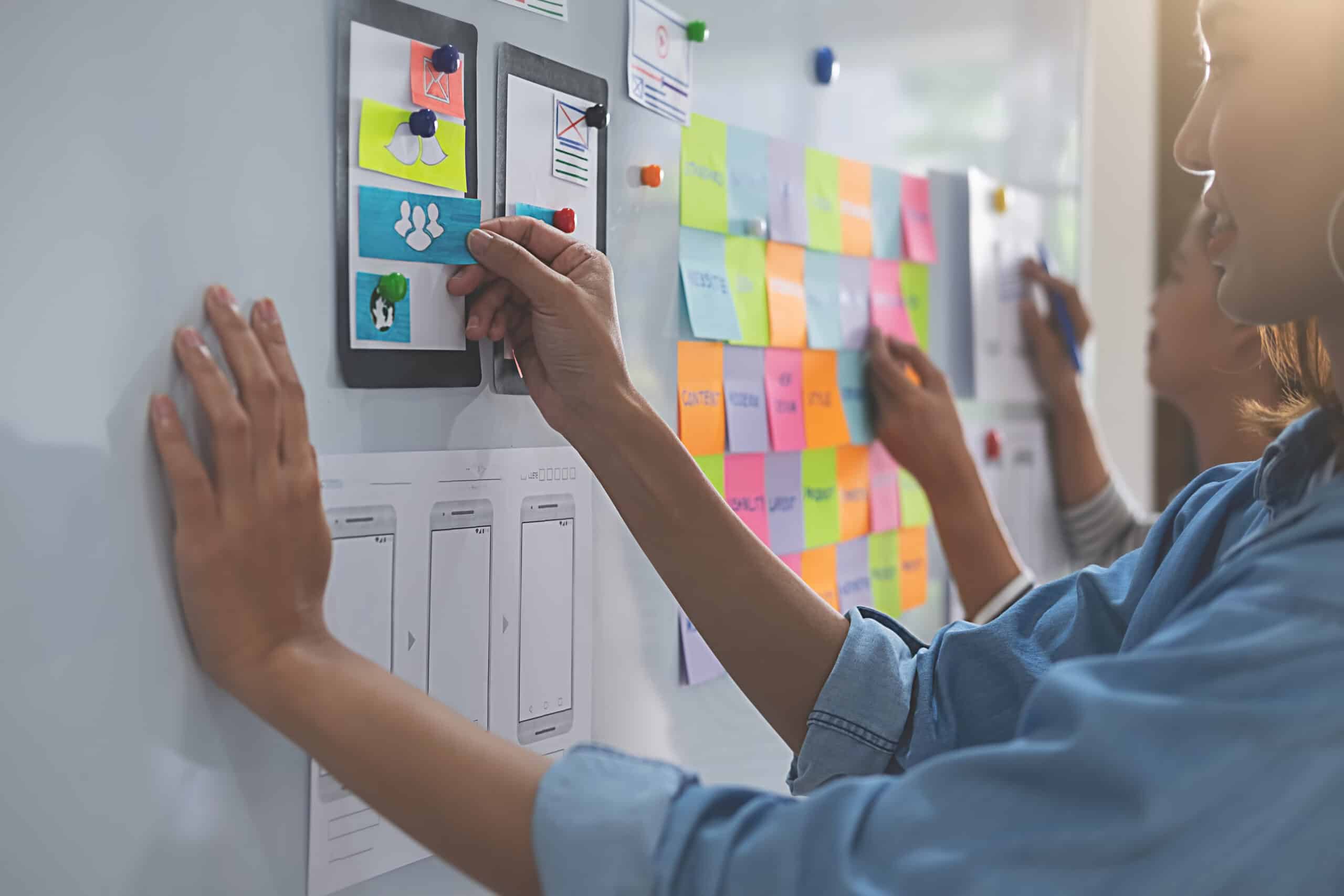
Key aspects of Customer Experience Design
User-Centered Design (UCD):
UCD is a fundamental principle of Experience Design. It involves understanding the needs, behaviors, and preferences of the users and designing products or services that cater to those aspects.
Research and Discovery:
Before starting the design process, it’s crucial to conduct thorough research to gain insights into the target audience, market trends, and competitor offerings. This includes user interviews, surveys, usability testing, and other methods to understand user needs.
Empathy:
Understanding and empathizing with the users is key to creating experiences that resonate with them. This involves putting yourself in the user’s shoes to comprehend their motivations, frustrations, and goals.
Usability:
A usable design is intuitive and easy to navigate. Usability testing helps identify potential issues and ensures that users can interact with the product or service efficiently.
Accessibility:
Designing for inclusivity is essential. Ensuring that products are accessible to users with disabilities helps create a more equitable experience for everyone.
Information Architecture:
Structuring and organizing information in a logical and intuitive way is crucial for a positive user experience. Clear navigation and well-defined hierarchies contribute to effective information architecture.
Interaction Design:
This involves designing how users interact with a product or service. It includes the design of buttons, forms, navigation menus, and other interactive elements to create a seamless and enjoyable experience.
Visual Design:
The visual aesthetics play a significant role in creating a memorable and appealing user experience. Consistent branding, color schemes, typography, and imagery contribute to the overall visual design.
Prototyping:
Creating interactive prototypes helps in visualizing and testing design concepts before implementation. Prototypes allow designers to gather feedback early in the process, making it easier to iterate and refine the design.
User Feedback:
Continuous feedback loops with users are essential for refining and improving the design. This can be obtained through usability testing, surveys, analytics, and other methods to understand how users are interacting with the product.
Collaboration:
Experience Design often involves collaboration among different disciplines, including designers, developers, marketers, and other stakeholders. Effective communication and collaboration are critical to ensuring a cohesive and successful design process.
Adaptability:
As technology and user preferences evolve, designers need to stay updated and adapt their approaches. Being open to change and continuously learning about emerging trends helps in creating relevant and forward-looking experiences.
Enterprise Architecture’s role in enhancing Customer Experience Design
If you are familiar with Enterprise Architecture, you have probably recognized some similarities between the above-mentioned aspects of Experience Design and Enterprise Architecture principles. In essence, Experience Design and Enterprise Architecture are interconnected through their shared emphasis on user-centricity, holistic perspectives, and alignment with business objectives. Both disciplines foster collaboration among diverse stakeholders, with XD involving designers, developers and business teams, and EA bringing together IT professionals and business analysts. They share a commitment to continuous improvement, adaptability and innovation, with XD refining designs based on user feedback and EA adapting technology solutions to changing business and technological landscapes. Moreover, both contribute to strategic planning, with XD aligning user experiences with strategic goals and EA ensuring that technology strategies support the overarching business strategy.
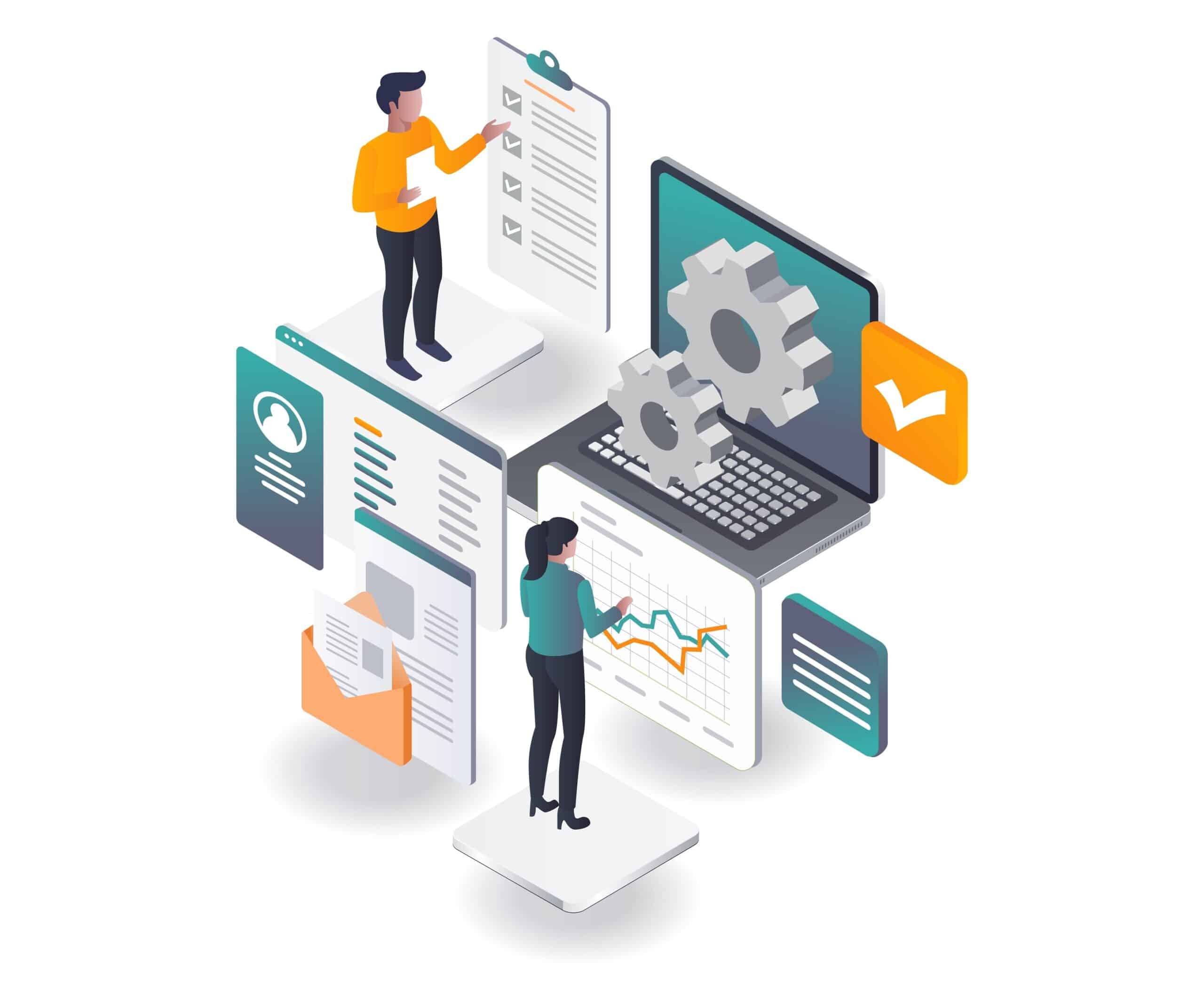
Benefits of Customer Experience Design
While Enterprise Architecture tools, like our famous EA tool ADOIT, traditionally focus on managing and optimizing the overall architecture of an organization, they can indirectly support Experience Design by providing valuable insights, collaboration platforms and integration capabilities. Here’s how:
-
Information Repository
Information Repository
Data Centralization: EA tools act as centralized repositories for information about an organization’s processes, systems, and data. XD teams can leverage this data to understand existing structures, identify touchpoints and design experiences that align with the overall architecture.
-
Collaboration and Communication
Collaboration and Communication
Cross-Functional Collaboration: Many EA tools facilitate collaboration among different departments and stakeholders. XD teams can use these platforms to work closely with IT, business analysts, and other relevant teams to ensure alignment between the user experience and the broader enterprise architecture.
-
Visual Representation
Visual Representation
Diagramming and Visualization: EA tools often include diagramming and visualization features. XD professionals can use these capabilities to create visual representations of user journeys, information architectures, and interaction flows, aligning them with the broader architectural context.
-
Data Integration
Data Integration
Integration Capabilities: EA tools may have the ability to integrate with other systems and databases. This integration allows XD teams to access real-time data and insights, informing their design decisions based on the latest information available within the enterprise architecture.
-
Impact Analysis
Impact Analysis
Change Impact Analysis: EA tools typically offer features for assessing the impact of changes to the architecture. XD teams can benefit from understanding how proposed design changes might affect the overall organization, ensuring that user experience enhancements align with the broader architectural landscape.
-
Strategic Alignment
Strategic Alignment
Alignment with Business Goals: EA tools help define and align technology solutions with strategic business goals. XD teams can refer to this alignment to ensure that their design decisions support the overarching objectives of the organization.
-
Usability and Accessibility
Usability and Accessibility
Standards and Guidelines: EA tools may include standards and guidelines for system development. XD professionals can use these to ensure that their designs comply with usability and accessibility standards set by the organization.
-
Documentation and Knowledge Sharing
Documentation and Knowledge Sharing
Documentation Features: EA tools often include documentation features that capture architectural decisions and rationale. This documentation can be valuable for XD teams, providing insights into the underlying architecture and aiding in knowledge sharing among team members.
-
Governance and Compliance
Governance and Compliance
Compliance Monitoring: EA tools may assist in monitoring compliance with regulatory standards. XD teams can ensure that their designs adhere to regulatory requirements by referencing the compliance information available through the EA tool.
-
Feedback Loops
Feedback Loops
Feedback Mechanisms: Some EA tools offer feedback mechanisms and collaboration features. XD teams can use these to gather insights from different stakeholders, including architects, to refine and improve the user experience based on collective knowledge.
Summary
Long story short, Experience Design (XD) revolves around users, echoing the modern twist on the timeless maxim “The Customer Is Always Right”. It prioritizes understanding user needs to craft intuitive and engaging digital experiences. Enterprise Architecture (EA) provides the infrastructure to support seamless experiences. Leveraging EA tools, XD teams ensure designs align with broader architectural contexts, regulatory standards and strategic goals. Together, XD and EA form a dynamic duo, driving innovation and delivering exceptional user-centric solutions.


